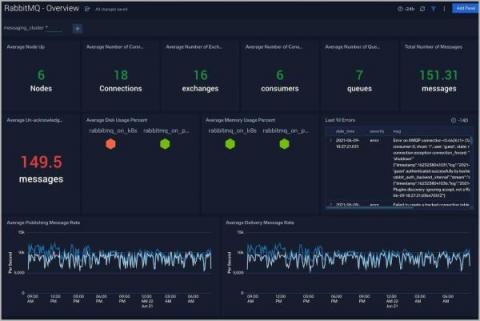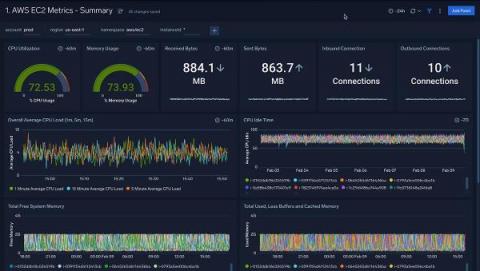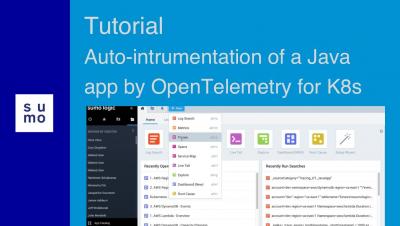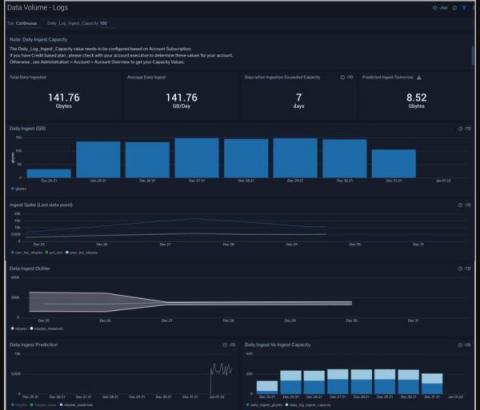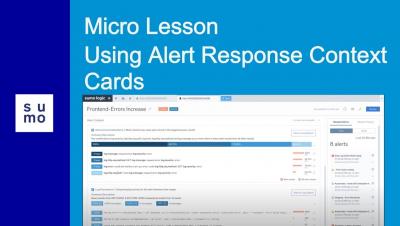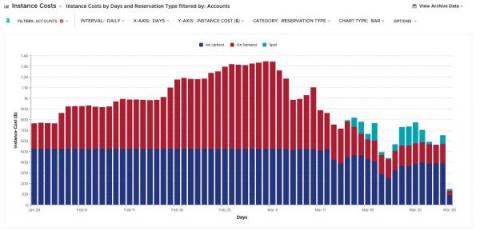How to monitor RabbitMQ logs and metrics with Sumo Logic
As organizations have moved toward a microservices design pattern, the need for reliable and performant solutions that enable decoupled services to communicate with one another has grown. RabbitMQ is an open-source message broker designed for this purpose. We’ll discuss what RabbitMQ is, how it works, why it needs to be monitored and how Sumo Logic can effectively do this.


